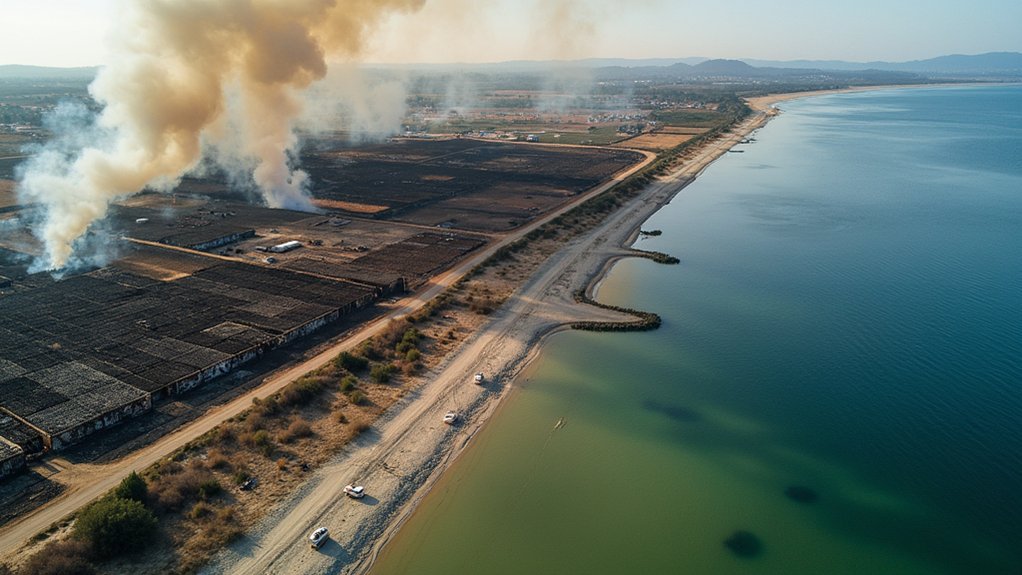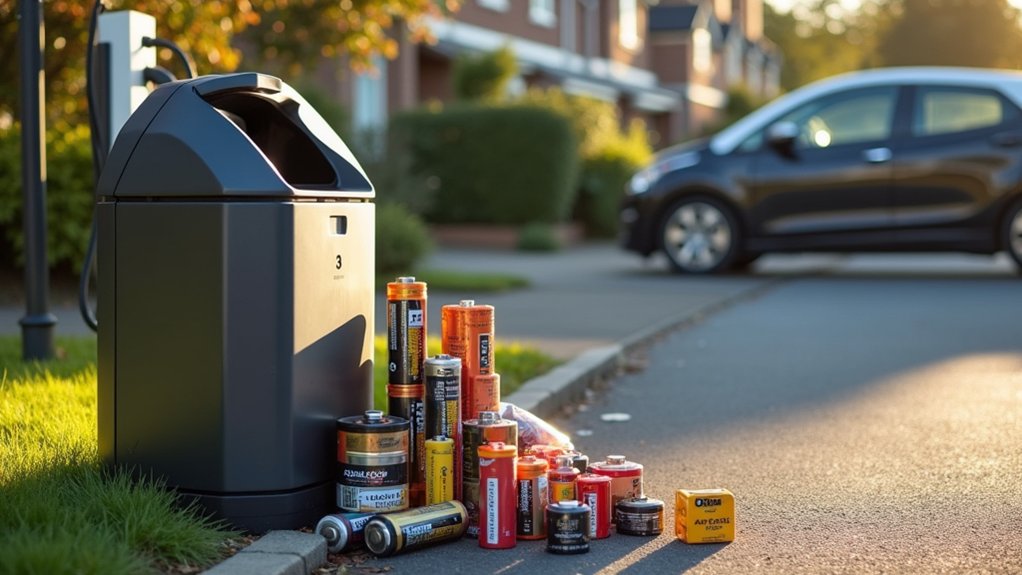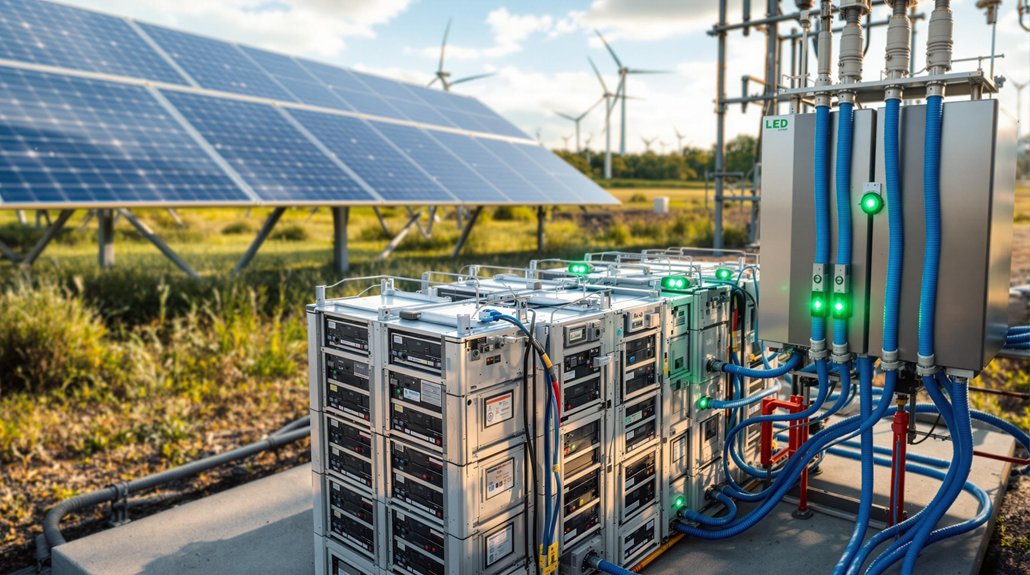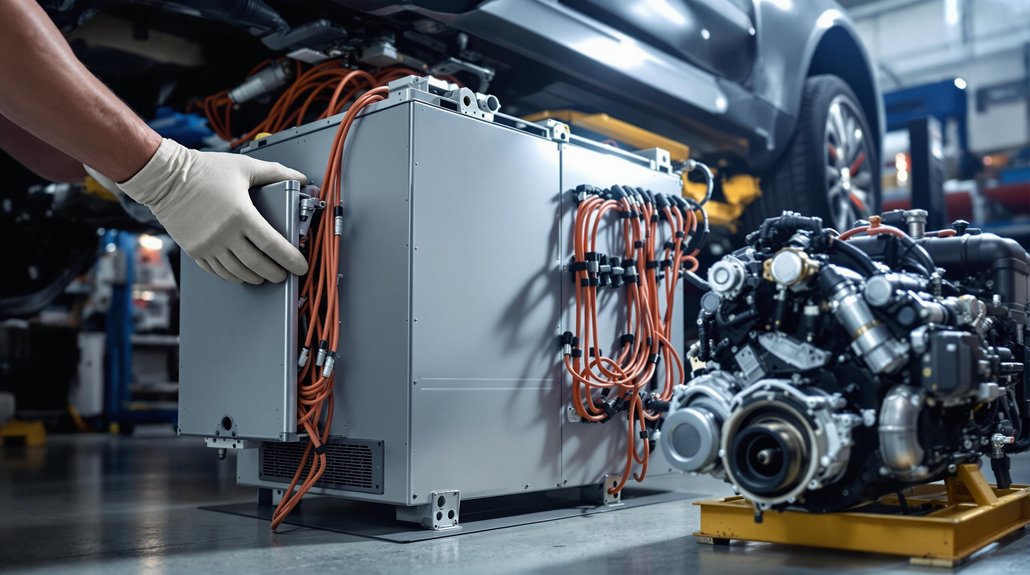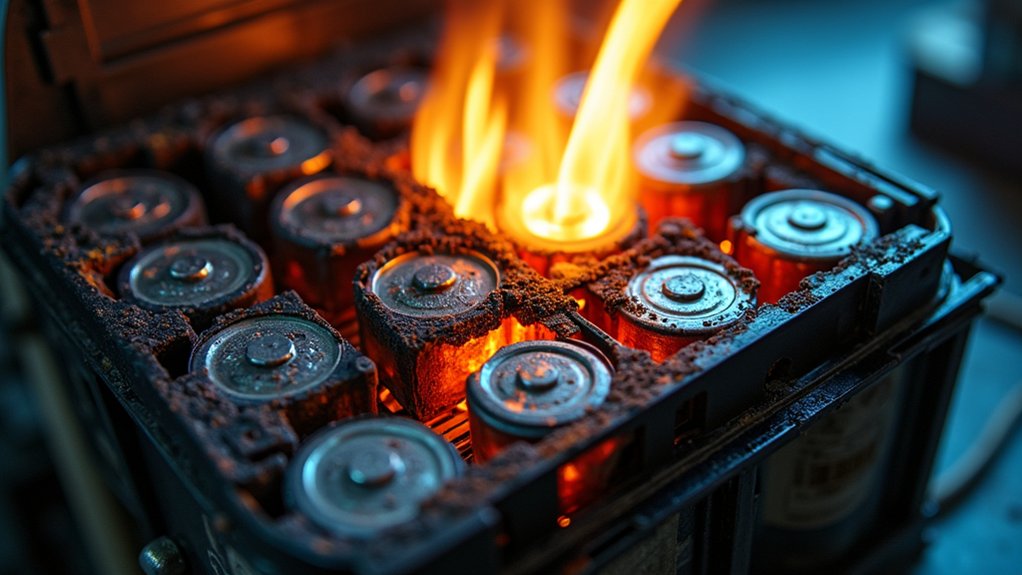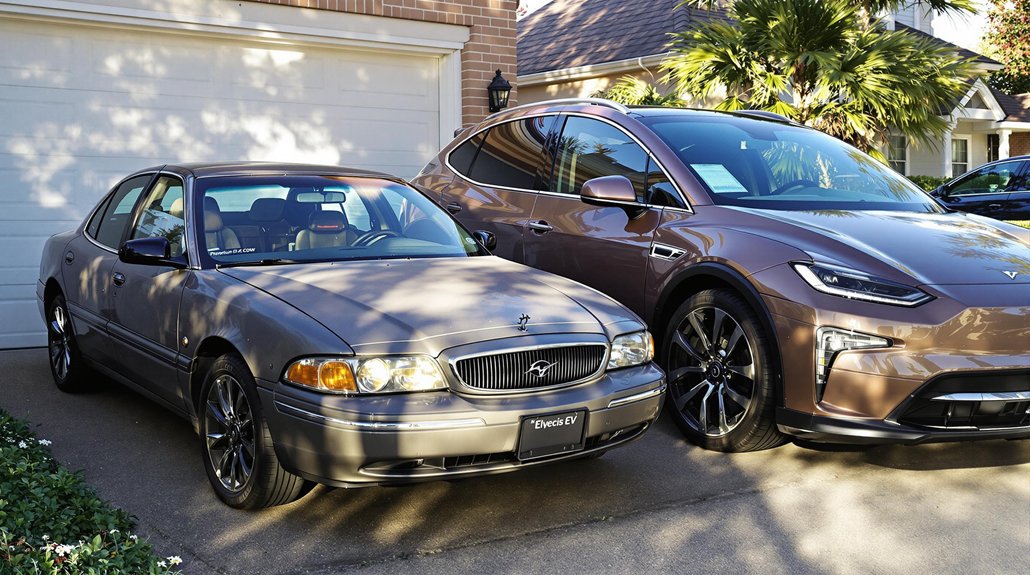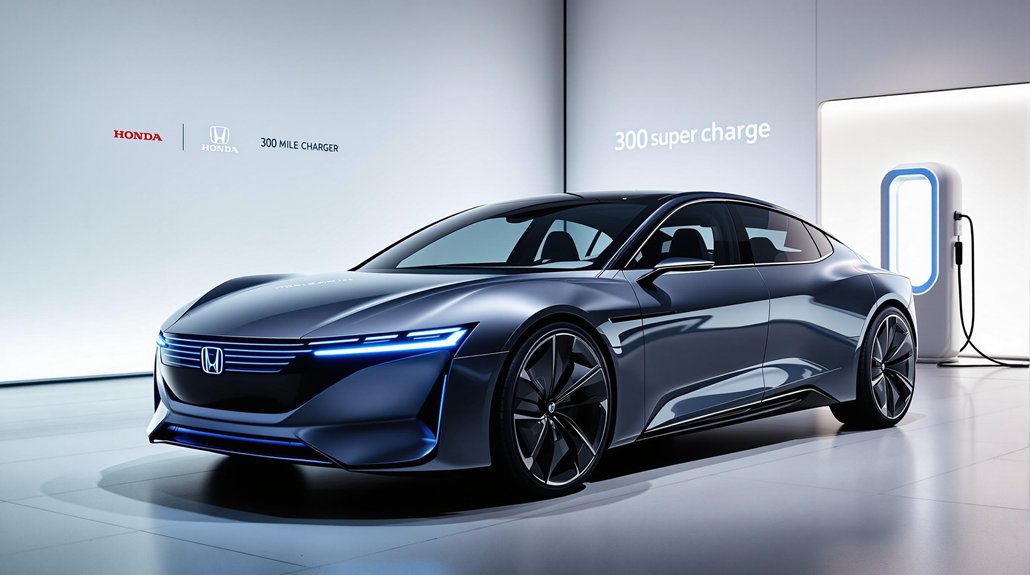While California officials continue investigating what might be the worst lithium-ion battery storage fire in U.S. history, serious questions about safety protocols and environmental impacts have emerged in the wake of the January 16, 2025, blaze at Vistra Energy’s Moss Landing facility.
The incident, which destroyed approximately 300MW of the site’s 750MW storage capacity, forced the evacuation of up to 1,500 residents within an 18-mile radius and closed the Pacific Coast Highway.
The fire’s proximity to Elkhorn Slough, a protected marine ecosystem, has heightened environmental concerns. EPA and Monterey County Health Department teams are conducting surface sampling to assess contamination levels from toxic emissions.
Residents in non-evacuated areas continue operating under advisories to seal windows and limit outdoor activities—a precaution that’s now stretched beyond two months.
What’s particularly troubling is the lack of transparency. Despite a thorough investigation involving LG Chem (the battery manufacturer), CTEH, EPA, and local authorities, no preliminary cause has been determined more than 60 days after the incident. The fire’s intense heat and rapid spread demonstrated classic signs of thermal runaway, where battery failures trigger a dangerous chain reaction.
The investigation’s alarming silence raises disturbing questions about what officials might know—and what they’re not telling us.
This silence feels deafening against the backdrop of potential ecological damage.
The California Public Utilities Commission has proposed stricter operational standards for battery energy storage systems (BESS), with industry observers comparing this incident’s regulatory impact to the Three Mile Island nuclear accident.
I’ve seen battery failures before, but nothing of this magnitude.
Supervisor Glenn Church warned of industry-wide repercussions, particularly as California pursues ambitious energy storage goals—targeting 52GW by 2045 compared to today’s 13.3GW.
The state’s renewable integration strategy depends heavily on battery storage as fossil fuel plants retire.
Vistra Energy has emphasized “monitoring data transparency” in public statements, though damage estimates remain undisclosed. The company has expressed commitment to community and issued apologies to affected residents following this severe incident.
The incident has intensified scrutiny of thermal propagation risks in large BESS installations globally.
As smoldering continues at the site, the incident raises critical questions about whether California’s aggressive green energy shift has adequately addressed the safety challenges inherent in grid-scale battery storage technology.
